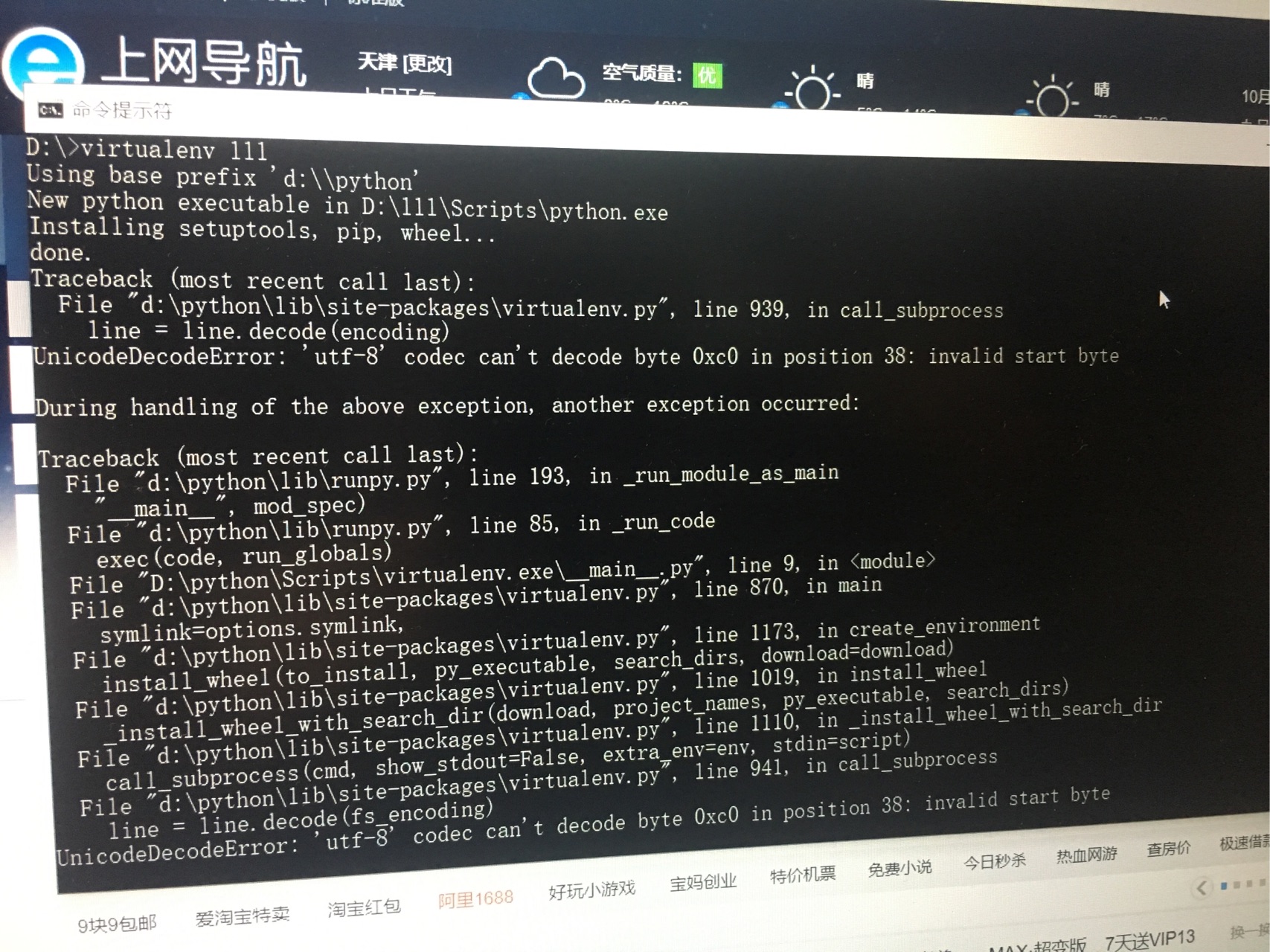
- #Visual studio code python create virtual environment how to#
- #Visual studio code python create virtual environment for mac#
- #Visual studio code python create virtual environment install#
When using this option, the virtual environment should be placed in a location outside of a specific project. Set as default environment for new projectsĪutomatically sets and activates the virtual environment in any new projects created in Visual Studio. Review the other options in the dialog: OptionĪctivates the new environment in the selected project after the environment is created.
#Visual studio code python create virtual environment install#
Under Install packages from file, provide the path to a requirements.txt file if desired. Specify a name for the virtual environment, select a base interpreter, and verify its location. In the Add Environment dialog that appears, select the Virtual Environment tab:

Right-click Python Environments in Solution Explorer and select Add Environment, or select Add Environment from the environments drop down list on the Python toolbar. You can create a new virtual environment directly in Visual Studio as follows:

You can then activate it like any other environment, and you can manage its packages. Once a virtual environment is added to your project, it appears in the Python Environments window. In Visual Studio, a virtual environment can be activated for a project like any other through the Python Environments node in Solution Explorer.
#Visual studio code python create virtual environment how to#
The following sections explain how to activate an existing virtual environment in a project and how to create a new virtual environment. On computers where Visual Studio isn't installed, you can use pip install -r requirements.txt to restore the packages.īecause a virtual environment contains a hard-coded path to the base interpreter, and because you can recreate the environment using requirements.txt, you typically omit the entire virtual environment folder from source control. When you open a project in Visual Studio that contains a requirements.txt file, Visual Studio automatically gives you the option to recreate the virtual environment. For more information, see Manage required packages with requirements.txt. (A shared global environment, on the other hand, contains any number of libraries whether you use them in your project or not.) You can then easily create a requirements.txt file from the virtual environment, which is then used to reinstall those dependencies on another development or production computer. (That is, a virtual environment doesn't contain a copy of the interpreter, only a link to it.)Ī benefit to using a virtual environment is that as you develop project over time, the virtual environment always reflects the exact dependencies of the project. That folder contains the environment's installed libraries along with a pyvenv.cfg file that specifies the path to the environment's base interpreter elsewhere on the file system. A virtual environment is specific to a project and is maintained in a project folder. To remove an environment from the project, select Remove.Ī virtual environment is a unique combination of a specific Python interpreter and a specific set of libraries that is different from other global and conda environments. Right-click that environment under the Python Environments node and select Activate Environment. If you already added an environment other than the global default to a project, you might need to activate a newly added environment. Once in the Add Environment dialog box, select the Existing environment tab, then select a new environment from the Environment drop-down list: You can also select Add Environment from the environment drop-down in the Python toolbar. To change the environment for a project, right-click the Python Environments node and select Add Environment.

Visual Studio also uses that environment for debugging, import and member completions, syntax checking, and any other tasks that require language services that are specific to the Python version and a set of installed packages.Īll new Python projects in Visual Studio are initially configured to use the default global environment, which appears under the Python Environments node in Solution Explorer:

#Visual studio code python create virtual environment for mac#
Applies to: Visual Studio Visual Studio for Mac Visual Studio CodeĪll code in a Python project runs within the context of a specific environment, such as a global Python environment, an Anaconda environment, a virtual environment, or a conda environment.


 0 kommentar(er)
0 kommentar(er)
